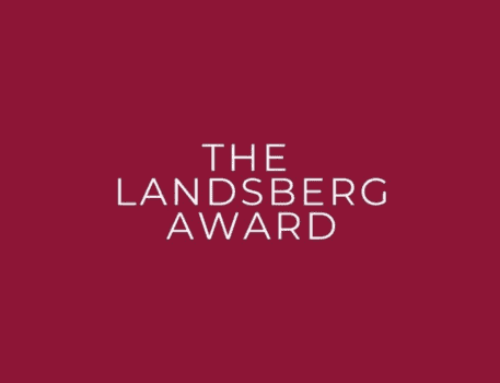We need to do something about gender-based hate- speech on the internet.
In May, the Canadian Women’s Foundation urged the federal government to address online harassment directed at women and girls. We recommended four things: that protection against hate speech be enshrined in Canadian human rights law, that hate speech be robustly regulated, and that the government invests in resources for change and continues to share knowledge about the impacts of online hate towards women.
Though the need for such a response isn’t new, it remains significant; young women are the most likely to experience online harassment including stalking and physical threats, senior female politicians are three times more likely to be insulted on Twitter due to their gender than men, and many Canadians believe receiving an explicit photo means consenting to sex.
“All online hate isn’t created equal, and it has a highly disproportionate impact on women and girls, gender-diverse people, and people of particular religious, racial, and national backgrounds – there’s no question, the statistics completely support that,” said Kasari Govender, Executive Director of the West Coast Women’s Legal Education and Action Fund, which undertook the “Cyber Misogyny” project several years ago to examine the issue further.
Unfortunately, current options do not sufficiently support women and girls. Gaps still exist in the Canadian legal framework; for example, hate speech is covered in the Criminal Code but not the Human Rights Act, which means certain restrictions don’t apply, according to Kasari. Companies such as Twitter have also been slow to respond to calls for a crackdown on hateful accounts and content.
More worrying still is a community that’s been growing for years that argues any attempt to regulate hateful language – online or elsewhere – is an infringement on free speech. In Canada, this debate famously kicked off in mainstream discourse when U of T Psychology Professor Jordan Peterson refused to use students’ preferred pronouns. Having expressed multiple times that using preferred language or regulating speech constitutes a violation of our rights, Peterson recently began a new “censorship-free platform” as an alternative option to mainstream channels he views as overly restrictive.
“I think what can get left out of that conversation is the ways in which hate and harassment silence people on the internet,” said Kasari. “I think it’s a freedom of speech argument the other way around, which is important I think in the debate – this is not just how much do we tell people not to say, but how much does this kind of speech impact the freedom and experience of other people online.”
Though much of the harassment women experience online can be tied to systemic and structural misogyny, modern uses of the internet has fed a culture that often protects some speech at the expense of the safety of women, racialized folks, and gender-nonconforming individuals. Men who feel marginalized by mainstream feminist communities can now form misogynistic communities online; algorithms have been tailored to reinforce ideological echo-chambers so that hateful content ends up getting reinforced; online spaces and forums are being carved out as backlash to “safe spaces”; and women are often threatened or doxed when they use the internet to speak out about their experiences.
Of course, online hate is also intersectional – in an American study, 59 per cent of black internet users said they experienced online harassment compared to 41 per cent of white users. Non-binary and trans folks are also at a greater risk of being harassed online.
In response, it is important to take an intersectional, gender-based response to digital harassment. After all, it’s been shown that finding a community of misogynists online or attacking women anonymously can lead to real-world violence and escalate the risks that consumers of this content will enact these values.
Online hate may feel nebulous or unsolvable, but there are practical steps to addressing it that government can take today. Read our submission to the House of Commons Standing Committee on Justice and Human Rights, and ask your federal representatives what action they’re taking and how exactly protections are being enshrined in the Digital Charter. We need to demand better for women and girls in Canada.
Learn More:
- Digital Diversity: Together We Can Improve Tech for Everyone
- Empowering Teens to Date Safely Online
- Campus Sexual Violence and #MeToo: Q&A with Bailey Reid
Take Action:
Sign up for our e-newsletter to have our latest stories and resources sent to your inbox.
Follow us on Facebook and Twitter to join a national conversation about empowering girls.







